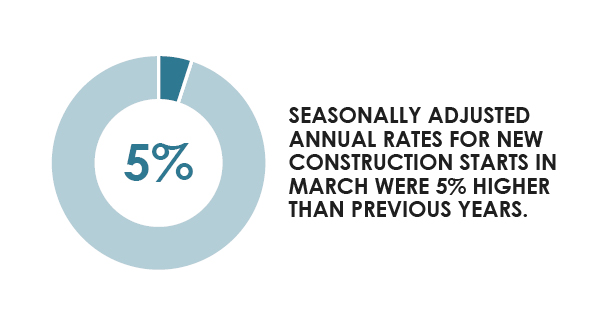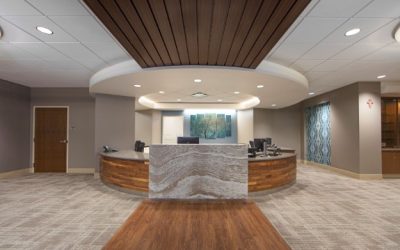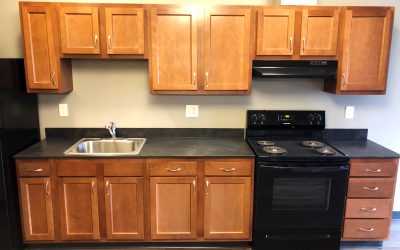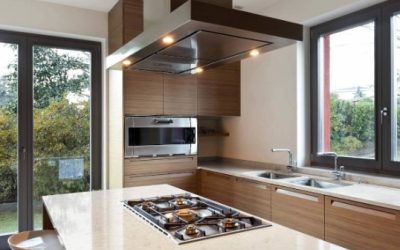
Despite 2017 already shaping up to be a record breaking year in terms of rain fall, seasonally adjusted annual rates for new construction starts in March were actually 5% higher than previous years. While some analysts chalked up positive winter construction starts to unusually warm weather, the latest indicators suggest a more sustainable trend.
This is according to Dodge Data and Analytics, which recently reported that so far in 2017, every month of the year has seen a gain in new construction starts. If this trend continues, 2017 will see the second-best quarter to quarter gains in the last decade, eclipsed only by 2014.
The news is even better for residential builders. According to Ed Zarenski of Construction Analytics, “Nearly all the greater volume in spending over my original 2017 forecast is in residential construction, which, for the last four months, has posted much stronger new starts and spending than anticipated based on DDA projections.”
Multifamily homes are also pushing the trend, especially in major metropolitan areas, whereas new starts of single family homes seem to have slowed. The single family home slowdown is occurring everywhere except in the Northeast, which experienced a modest 3% gain. This might be a result of an increased trend towards urban dwelling and renting among millennials, as well as the popularity of downsizing among baby boomers.
Strong growths in residential construction starts, or housing starts, bodes well for the larger U.S. economy. Housing starts are frequently used to gauge the vitality of the economy writ large, which is showing other encouraging signs of slow-and-steady growth. Usually, an increase in new home starts is a strong indication of an increase in consumer confidence and other home-related spending.
Increased home starts also mean a healthy number of sales for a variety of industries, the result of a trickle down effect. For instance, a multifamily homebuilder will need to purchase more laminate countertop from their countertop distributors. In the average U.S. kitchen, countertop builders cover about 25 square feet of counterspace per home. Multiply that by the number of new home starts, and it’s easy to see why construction starts have such a broad ripple effect on the economy.
And the benefit goes far beyond countertop builders, distributors, and even home builders. More people in new homes means increased spending on home goods and utilities. When people build or move into a new home, they’re also purchasing furniture, movers, and supporting sub-contractors in many other fields.
For analysts on Wall Street, the new housing starts can be seen as a vote of confidence that there will be people who can afford to live in these housing units. And when it comes to construction starts as a whole, there’s no sign that the positive growth seen so far in 2017 will slow down anytime soon.



